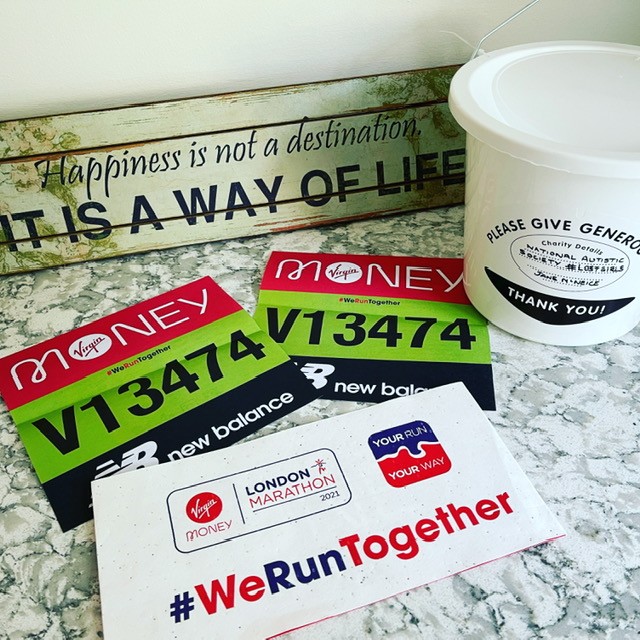Conflict resolution skills are a life skill that can help us navigate relationships in our lives. This can include friendships, romantic relationships, and family relationships. Couples who benefit from learning conflict resolution skills include those who experience frequent disagreements, hostility, and frequent criticism. These experiences are known to lower levels of satisfaction within relationships. Couples who can reach agreements and express affection are more likely to be happy within their relationships. Keep reading to learn 8 Conflict Resolution Activities to do with your clients in counseling.
Research that explores conflict within various relationships has explored varying communication patterns, including direct, indirect, oppositional, and cooperative patterns. Directness is an important communication pattern in conflict resolution, which allows individuals to verbalize their thoughts, emotions, and needs. Indirect communication does not often lead to conflict resolution and can lead to further challenges like resentments. With indirect communication patterns, we are not giving others the opportunity to understand the severity of our concern and how it affects us.
It is important to note that the most beneficial communication pattern to use can vary in different relationships and settings. As an example, there are often variations in the way that you would try to resolve a disagreement with a child than you would with an adult and between a colleague and a loved one. You may notice variations in the words you use, your tone, and your body language. Additionally, you may even notice differences in the varying relationships in your life due to previous experiences and your relationship dynamics.
Conflict is a common experience in life and one that clients can have difficulty with. Clients who experience high levels of conflict may find themselves experiencing a range of mental health difficulties, including anxiety, disorder, and PTSD in some cases. They may experience low satisfaction at work, school, home, and in social contexts. Frequent or intense conflicts can worsen existing mental health conditions, making them more difficult to manage on an everyday basis.
How Conflict Resolution Activities Can Help Your Clients
Incorporating conflict resolution skills into therapy and counseling sessions can benefit clients in a number of ways. The first of which is that it can help them strengthen their communication skills. This can include improvements to their body language and how they express themselves. Role-playing and similar activities can help clients practice effective communication skills, which can increase their confidence when they find themselves experiencing a conflict.
With practice, your clients can strengthen their problem-solving abilities in real-life situations, which can help decrease psychological distress caused by conflicts. This can also help improve the quality of, and satisfaction they find within different relationships. Additionally, your clients can work to establish healthy boundaries within their relationship with the use of effective communication skills. This too can help strengthen the relationships in their life.
There are variations between conflict resolution activities for adults and kids. This is because of differences in emotional intelligence, development, and life experiences. Children may experience conflict among family members, authority figures, in school settings, and with their peers. Adults may experience conflicts at work, with authority figures, with romantic partners, colleagues, and with family members.
Conflict resolution activities can be structured and include the use of specific therapies or interventions. Worksheets can be used to guide conflict resolution activities in session. They can also provide clients with something tangible to take home to remind them of what they learned in session. TherapyByPro is a leading clinical resource for professionals, offering various tools that can enhance their clinical work, including conflict resolution activity worksheets. Worksheets that you can consider incorporating into your clinical sessions include:
Conflict Resolution Activities for Your Clients
Conflict resolution activities can be used to target specific challenges or skill sets that would benefit your client. You can modify these activities to fit your clients’ needs as well as their capabilities. Conflict resolution activities for kids will likely differ from those used with adults to ensure their needs are being met. When working with children who have a high level of conflict in their lives, it is important to be mindful of safety concerns and determine if their needs are being met in their current environment.
Conflict Resolution Activities for Kids
- The ability to recognize emotions in themselves and others can contribute to the conflict that kids experience. To help with this, you can play feelings charades in session as an engaging and educational activity. For this conflict resolution activity, you and your client will take turns taking a card from a pile and acting out the emotion listed on their card. This can include emotions like sadness, anger, worry, excitement, and happiness. The other individual will try to guess the emotion being acted out. You can review the different body language cues and other tells for each emotion.
- Story completion is an activity that pulls from narrative therapy. With this activity, you would begin telling a story that involves a conflict, and your client would finish the story by describing the resolution. This activity encourages problem-solving and trying to achieve positive outcomes. Clients who struggle with their self-esteem, bullying, and those who feel powerless in certain situations may benefit from this activity.
- Introducing your client to mindfulness practices can help them learn to self-regulate their emotions and effectively cope with distress. You can encourage your client to explore calming tools, such as stress balls, weighted blankets, and sensory bottles. Spend time exploring how your client can use these tools when they’re feeling distressed, and identify situations in which these tools would be helpful. This can be a helpful activity for children who experience sensory processing concerns, frequent tantrums, and ADHD.
- Conflict resolution activities for kids can also be used in a group setting. Activities that involve collaboration can provide kids with an opportunity to practice using new communication patterns. As an example, you can provide a group of kids with a limited amount of supplies. As the therapist, you will observe and encourage respectful communication as teams work towards their goals. This activity can promote cooperation, patience, and shared problem-solving, which can be helpful for those who experience conflict with peers, competitiveness, or social anxiety.
Conflict Resolution Activities for Adults
- Roleplaying is a commonly used conflict resolution intervention for adults. This can be used in a group setting with pairs or in individual therapy sessions. You can provide details of a situation, allowing your client to use communication and problem-solving skills for the challenge provided. This can be an effective activity for couples and family members.
- Active listening skills are an important component of effective communication. To encourage active listening, you can have your client repeat back what you say without judgment and then reverse roles. Improving listening skills can decrease misunderstandings with loved ones, friends, colleagues, and acquaintances.
- Journaling can be used to help your client identify triggers that have recently led to conflicts. Encourage your client to reflect on what triggered them, the feelings that they felt, and how they responded. After this, have them write about alternative responses that they could have had to the conflict, which could have led to improved outcomes. Journaling can help improve self-awareness regarding their unconscious processes. You may find yourself using this activity with clients who are struggling with interpersonal conflicts, depression, and anxiety.
- Conflict mapping is a conflict resolution activity that can help your client visualize different situations and find common ground. With this activity, your client will draw connecting circles for each individual involved. Encourage them to write down the different needs and goals for each individual, with shared details in the overlapping sections. Ensure that you have time to process this activity and explore new perspectives that they may have. This can be an impactful activity for couples and families experiencing conflict.
Final Thoughts On Choosing The Right Conflict Resolution Activities for your Clients
Thank you for reading through this resource on 8 conflict resolution activities to do with your clients in counseling. When you’re choosing conflict resolution skills, it is important to be mindful of your client’s comfort level, the therapeutic alliance, their age, and their developmental stage. Choose activities that allow your client to take active steps towards their goals. This could include improving communication skills, emotion regulation skills, and problem-solving skills. Therapeutic activities aligned with evidence-based therapies like CBT, mindfulness, and play therapy for children are ideal.
Helping your client elevate their conflict resolution skills may require multiple sessions. It can be challenging to break automatic thoughts and behaviors, which may feel discouraging for clients. It can be helpful to explore their progress and strengths when they apply new skills to everyday life. You can learn more about incorporating conflict resolution skills with continuing education and other training opportunities in your field.
TherapyByPro is a trusted resource for mental health professionals worldwide. Our therapy tools are designed with one mission in mind: to save you time and help you focus on what truly matters-your clients. Every worksheet, counseling script, and therapy poster in our shop is professionally crafted to simplify your workflow, enhance your sessions, reduce stress, and most of all, help your clients.
Want to reach more clients? We can help! TherapyByPro is also a therapist directory designed to help you reach new clients, highlight your expertise, and make a meaningful impact in the lives of others.
Resources:
- Overall NC, McNulty JK. What Type of Communication during Conflict is Beneficial for Intimate Relationships? Curr Opin Psychol. 2017 Feb;13:1-5. doi: 10.1016/j.copsyc.2016.03.002. PMID: 28025652; PMCID: PMC5181851.









